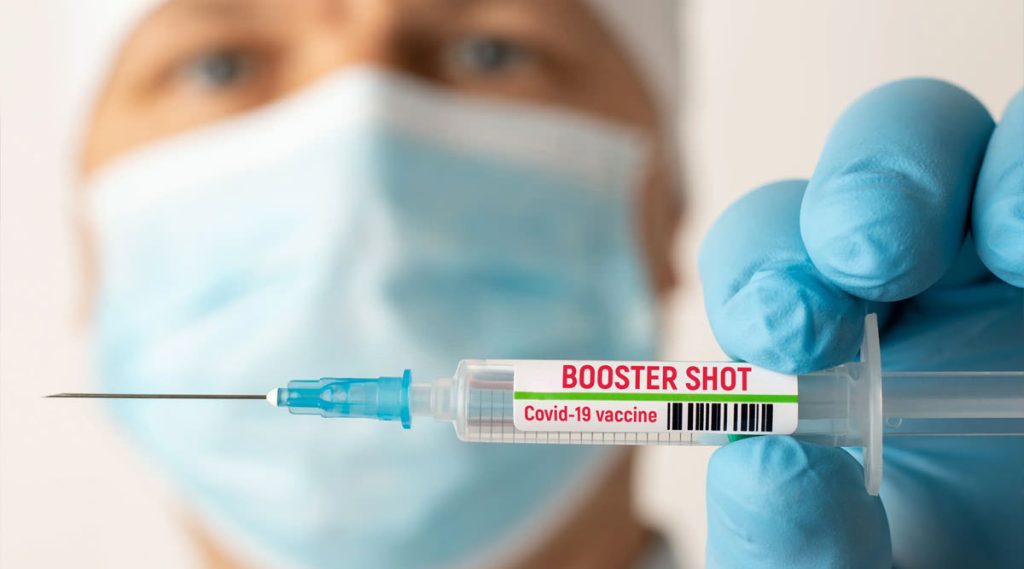
Nearly a year after India rolled out the COVID-19 vaccination programme, it began administering a ‘precaution dose’ scientifically called a third or booster dose to people above 60 years with comorbidities, health-care and frontline workers on January 10. On day one, about one million people received the booster shot. Though 98 mil- lion people above 60, 9.7 million health-care workers and nearly 17 million frontline workers have received the second dose as on January 9, the actual number of people in the three groups eligible to receive the booster dose will be lower. The reason: only those who have taken the second dose nine months or 39 weeks ago will be eligible to receive the booster shot. Also, among the elderly, only those with comorbidities will be eligible to receive the additional shot. The nine-month gap between the second and the booster dose is not based on any clinical trials but evidence of protection offered by natural infection lasting up to that period. The only data on homologous boosting of fully vaccinated individuals six months after the second dose comes from a study using Covaxin in 184 participants; Covaxin comprises 12.7% of the nearly 1.52 billion doses administered so far. But a sizable percentage of the fully vaccinated might have had a previous infection, increasing the level of protection and possibly the duration of protection that hybrid immunity offers. A booster shot in such people will confer greater protection against severe disease and death.
None of the COVID-19 vaccines currently being used for immunisation offers sterilising immunity, which completely prevents infection. Administering a booster dose will surely increase the level of neutralising antibodies but even that does not guarantee full protection from infection. The prime objective of COVID-19 vaccines, including the booster, is not to prevent infection but to only mitigate dis- ease severity. If this was true even with the virus strain first identified in Wuhan, China, and all the vaccines that have been developed using this strain, the variants which have emerged later have highlighted the limitation of the COVID-19 vaccines currently available. Even if the variants have demonstrated increased ability to cause break- through infections among those who have received a booster shot, all the vaccines have been highly effective in stopping the disease from becoming severe and causing death. Till such time as a safe and highly efficacious intra nasal vaccine that confers a very high level of protection against infection becomes available, even those who receive the booster shot cannot let their guard down. Since none of the booster doses has been developed using the variants that have emerged, the highly infectious Omicron variant with its high immune escape capability can cause breakthrough infections. Hence, vaccines should not be seen as a silver bullet but must be used in combination with masks and other COVID





